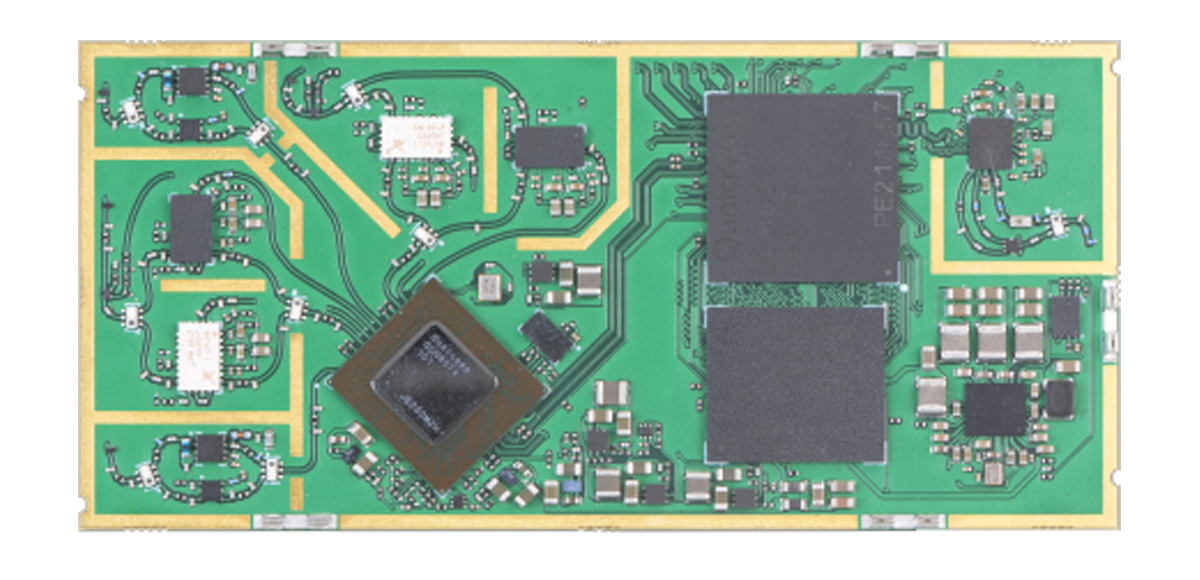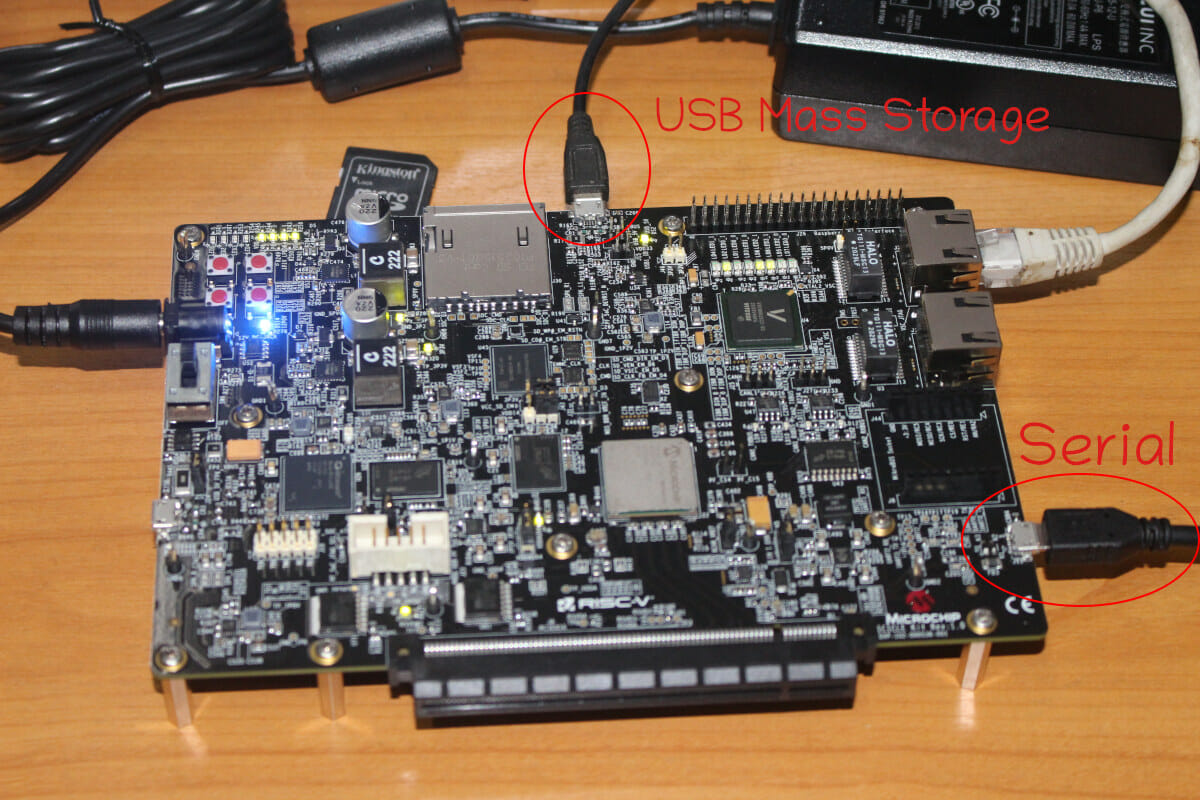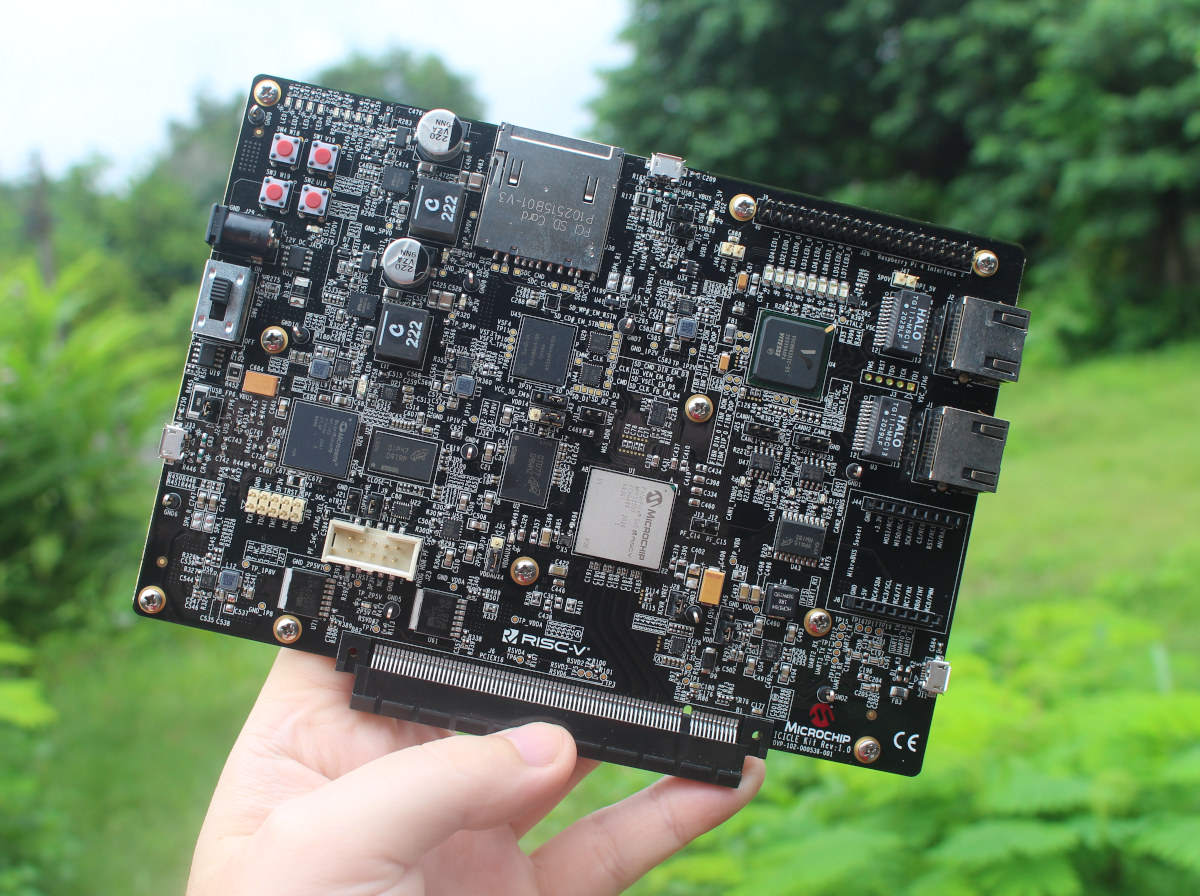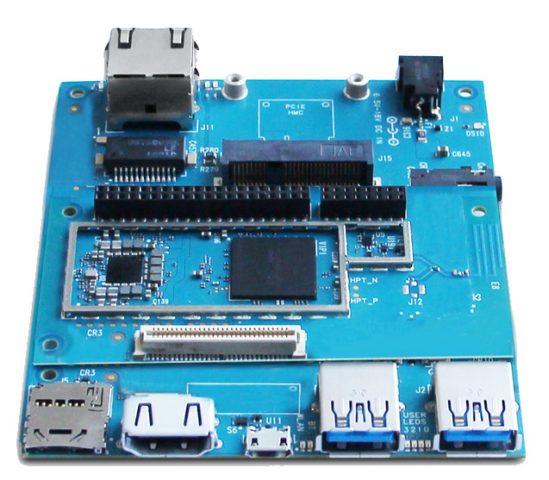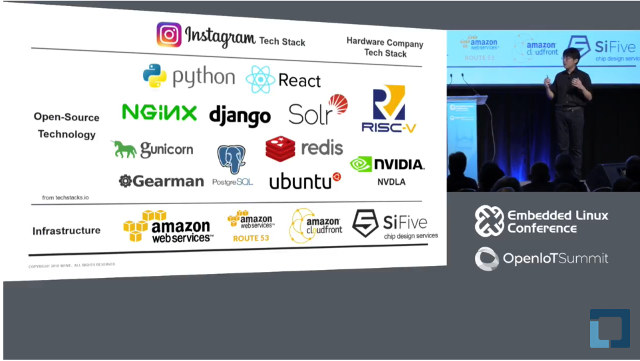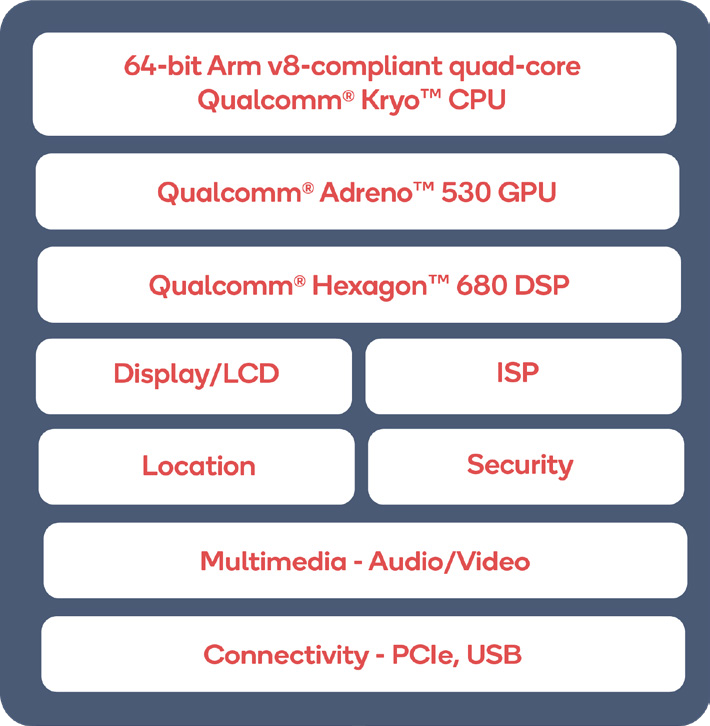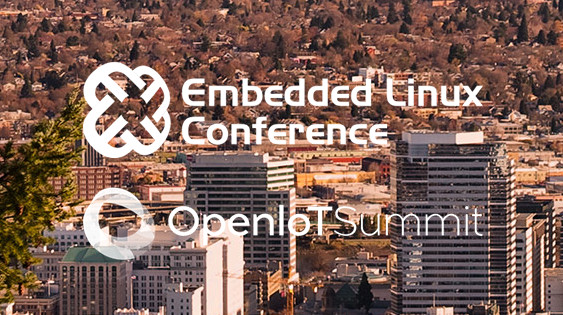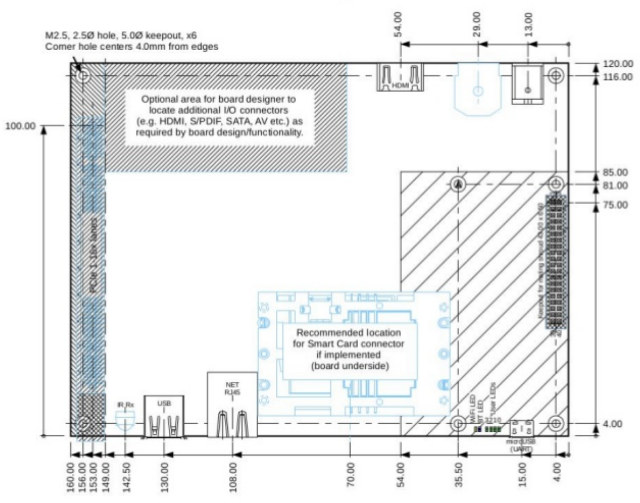8devices has recently introduced TobuFi, a Qualcomm QCS405-powered System-on-Module (SoM) featuring dual-band Wi-Fi 6 and Wi-Fi 5 capabilities. The device also features 1GB LPDDR3, 8GB of eMMC storage, and multiple display resolutions. It also offers various interfaces, including USB 3.0, HDMI, I2S, DMIC, SDC, UART, SPI, I2C, and GPIO. In previous posts, we covered 8devices product launches like the Noni M.2 WiFi 7 module, Rambutan and Rambutan-I modules, Habanero IPQ4019 SoM, Mango-DVK OpenWrt Devkit, and many more innovative products. If you’re interested in 8devices, feel free to check those out for more details. 8devices TobuFi SoM specifications: SoC – Qualcomm QCS405 CPU – Quad-core Arm Cortex-A53 at 1.4GHz; 64-bit GPU – Qualcomm Adreno 306 GPU at 600MHz; supports 64-bit addressing DSP – Qualcomm Hexagon QDSP6 v66 with Low Power Island and Voice accelerators Memory – 1GB LPDDR3 + 8GB eMMC Storage 8GB eMMC flash SD card – One 8-bit (SDC1, 1.8V) and one […]
Getting Started with the Yocto Linux BSP for Polarfire SoC FPGA Icicle Kit
Last month I received Microchip PolarFire SoC FPGA Icicle development kit that features PolarFire SoC FPGA with a Penta–core 64-bit RISC-V CPU subsystem and an FPGA with 254K LE, and booted it into the pre-installed Linux operating systems based on OpenEmbedded. Today, I’ll show how to get started with the Yocto BSP and run the EEMBC CoreMark benchmark, and I’ll check out the FPGA with Libero SoC Design Suite in a couple of weeks. Operating Systems supported by PolarFire SoC FPGA My initial idea was to focus this part of the review on Linux on RISC-V status, checking some system information, running some benchmarks (e.g. SBC-Bench), compiling the Linux kernel, and installing services like a LEMP stack (Linux, Nginx (pronounced Engine-X), MySQL, PHP) which could be used for WordPress hosting for instance. But then I looked at the operating systems supported with Microchip PolarFire SoC FPGA. There’s a Yocto Linux […]
A first look at Microchip PolarFire SoC FPGA Icicle RISC-V development board
Formally launched on Crowd Supply a little over a year ago, Microchip PolarFire SoC FPGA Icicle (codenamed MPFS-ICICLE-KIT-ES) was one of the first Linux & FreeBSD capable RISC-V development boards. The system is equipped with PolarFire SoC FPGA comprised a RISC-V CPU subsystem with four 64-bit RISC-V (RV64GC) application cores, one 64-bit RISC-V real-time core (RV64IMAC), as well as FPGA fabric. Backers of the board have been able to play with it for several months ago, but Microchip is now sending the board to more people for evaluation/review, and I got one of my own to experiment with. That’s good to have a higher-end development board instead of the usual hobbyist-grade board. Today, I’ll just have a look at the kit content and main components on the board before playing with Linux and FPGA development tools in an upcoming or two posts. Microchip PolarFire SoC FPGA Icicle Unboxing The board […]
Qualcomm Snapdragon 820E based Geniatech Developer Board 8 Runs Debian, Follows 96Boards CE Extended Form Factor
Qualcomm Snapdragon 820E processor was recently launched a version of Snapdragon 820 without LTE modem, easier to source, and targeting the embedded market. The long expected DragonBoard 820c is the first board to feature the new processor, but Geniatech has also been working on their own Developer Board 8 that follows 96Boards CE Extended form factor, and is very similar to DragonBoard 820c. Developer Board 8 (DB8) specifications: SoC – Qualcomm Snapdragon 820E quad core Kryo processor up to 2.35 GHz with Adreno 530 GPU System Memory – 3 GB LPDDR4-1866 (PoP) Storage – 32 GB UFS Flash + micro SD 3.0 (UHS-I) slot Video Output – HDMI 2.0 up to 4K @ 60 Hz Audio – Via HDMI, 3.5mm audio jack Connectivity – Gigabit Ethernet, 802.11 b/g/n/ac WiFi, Bluetooth 4.2, GPS (TBC) USB – 2x USB 3.0 ports, 1x micro USB 2.0 device port Camera – Support for up […]
RISC-V Keynote at Embedded Linux Conference 2018 (Video)
The Embedded Linux Conference and OpenIoT Summit 2018 have just started, and the Linux Foundation has already uploaded a few keynote videos to YouTube, including the one by Yunsup Lee, Co-Founder and CTO, SiFive, entitled “Designing the Next Billion Chips: How RISC-V is Revolutionizing Hardware”. Yunsup explains the current problem with chip development, and go through the open source RISC-V solutions offered by Sifive. Currently design a chip has a high upfront (NRE = non-recurring engineering) costs, is time-consuming (1.5 to 2 years at least) and silicon vendors normally target high volume production, but now many applications like IoT or machine learning require custom chips that may not be (yet) manufactured in such high volume. The solution is to adapt some idea from open source software to open source hardware in order to lower the costs, enable fast prototyping, and involve the community of designers and software developers. He took […]
Qualcomm Snapdragon 820E Launched for the Embedded Market, DragonBoard 820c Board Selling for $199
Qualcomm Snapdragon processors are mainly used in smartphones manufactured in high volume, and in the past if you contacted the company to use their processor for your custom project with a target yearly production of a few thousands pieces, they’d just ignore you. This started to change in late 2016 with the launch of Snapdragon 410E and 600E processors based on mobile version of Snapdragon 410 and 600 processors minus the modem, but instead targeting the embedded space and the Internet of Things, which anybody could purchase easily through Arrow Electronics, and offering a 10-year life cycle. Those are good if you are satisfied with entry-level or mid-range processor, but the company has now announced the launch of Snapdragon 820E for customers requiring better performance for their application. Snapdragon 820E specifications appears to be moslty the same as Snapdragon 820 except for the lack of X12 cellular modem: CPU – 4x Qualcomm […]
Embedded Linux Conference & IoT Summit 2018 Schedule
The Embedded Linux Conference 2018 and the OpenIoT Summit 2018 will jointly take place next month, on March 12 – 14, 2018 in Portland, Oregon, USA. The former is a “vendor-neutral technical conference for companies and developers using Linux in embedded products”, while the latter is a “technical conference for the developers and architects working on industrial IoT”. The Linux Foundation has already published the schedule, and it’s always useful to learn what will be discussed about even for people who won’t attend. With that in mind, here’s my own virtual schedule with some of the talks I find interesting / relevant to this blog. Monday, March 12 10:50 – 11:40 – Progress in the Embedded GPU Ecosystem by Robert Foss, Collabora Ltd. Ten years ago no one would have expected the embedded GPU ecosystem in Linux to be what it is now. Today, a large number of GPUs have […]
96Boards Gets a TV Platform Edition Targeting $50 Mid-range Boards, $99 High-end Boards
96Boards was born as a hardware and software standard with Consumer (CE) & Enterprise Editions (EE), with different form factors with the latter focusing on server boards, but with similar software requirements requiring recent and mostly open source software. The consumer edition was also split into “Standard” and “Extended” editions, which the latter allowing for larger boards with more features, while the Enterprise Edition has its own larger format, as well as an option for micro-ATX form factor. I’ve just learned that a “fifth” 96Boards standard has been worked on with 96Board TV Platform for Home Gateways, OTT Streaming boxes, and TV boards with prices target of $50 or lower for mid-range boards, and $99 or lower for high-end boards. 96Boards TV Platform hardware requirements: Dimensions – 160 x 120 mm (EE Standard form factor) RAM – 1GB minimum; 2GB recommended Flash – 8GB eMMC minimum WiFi – 802.11 g/n […]


